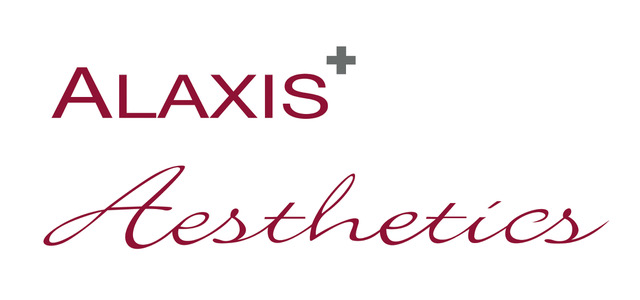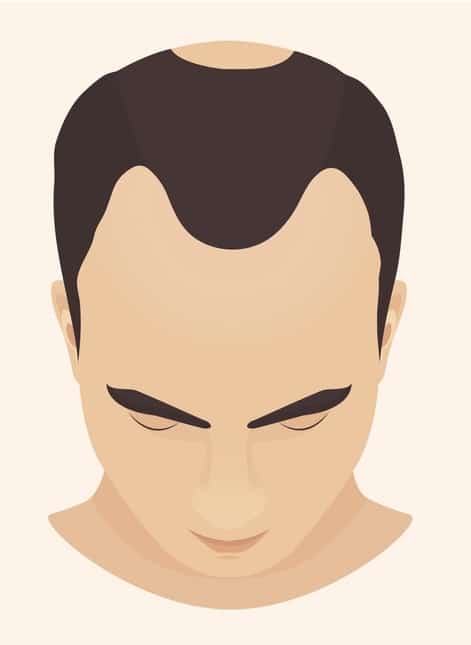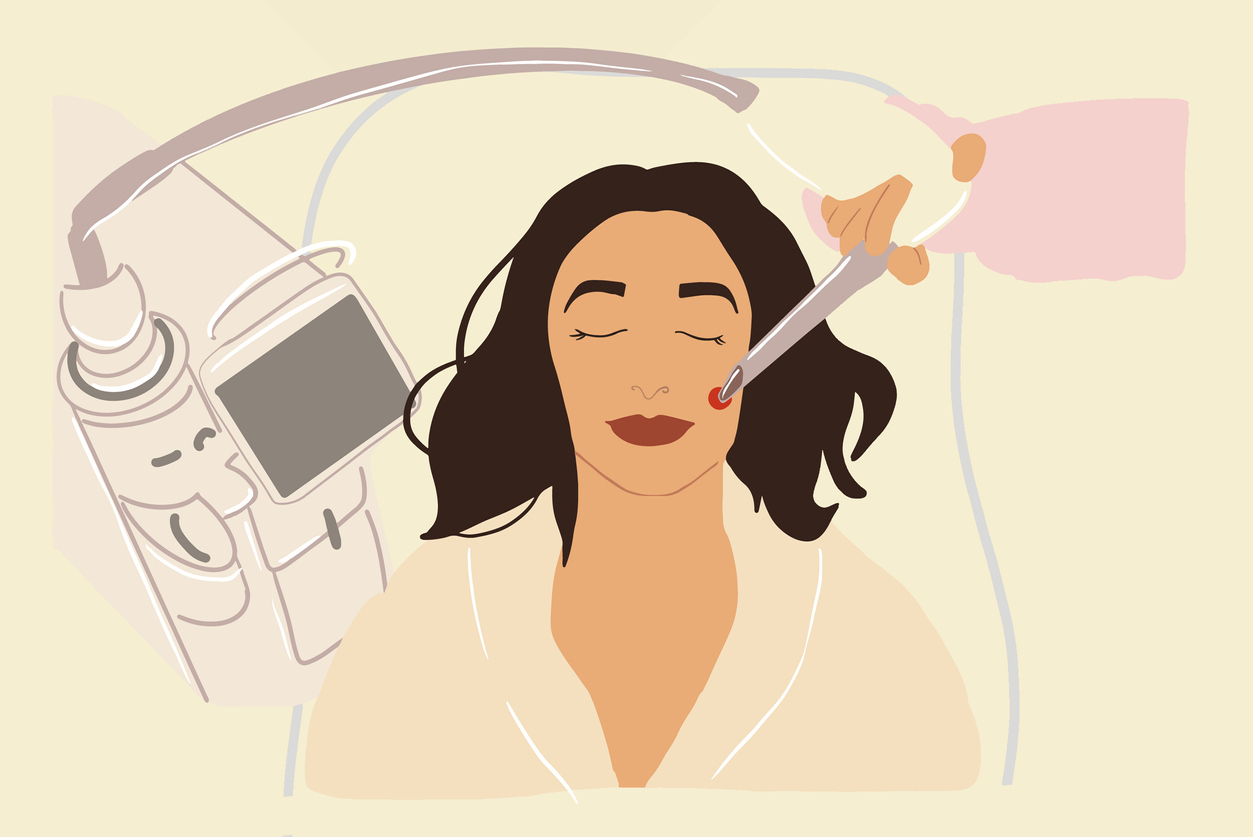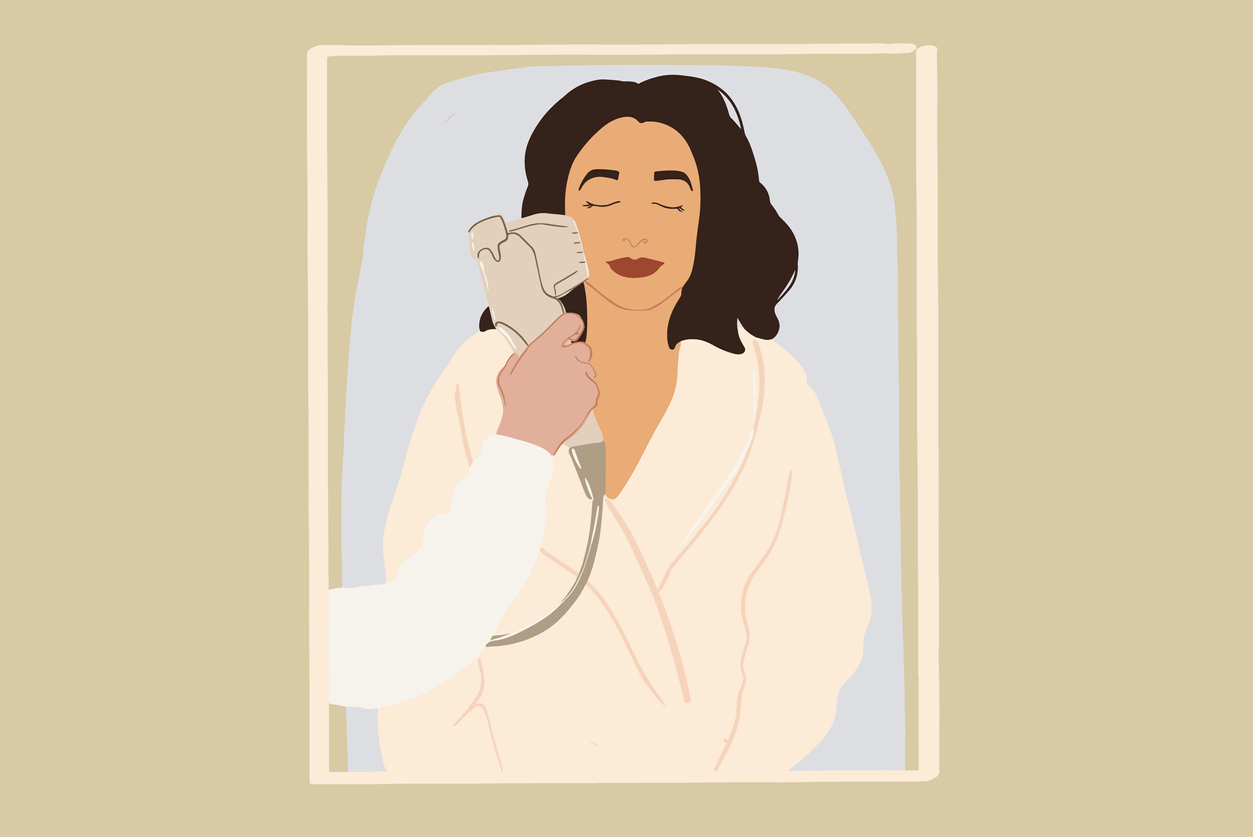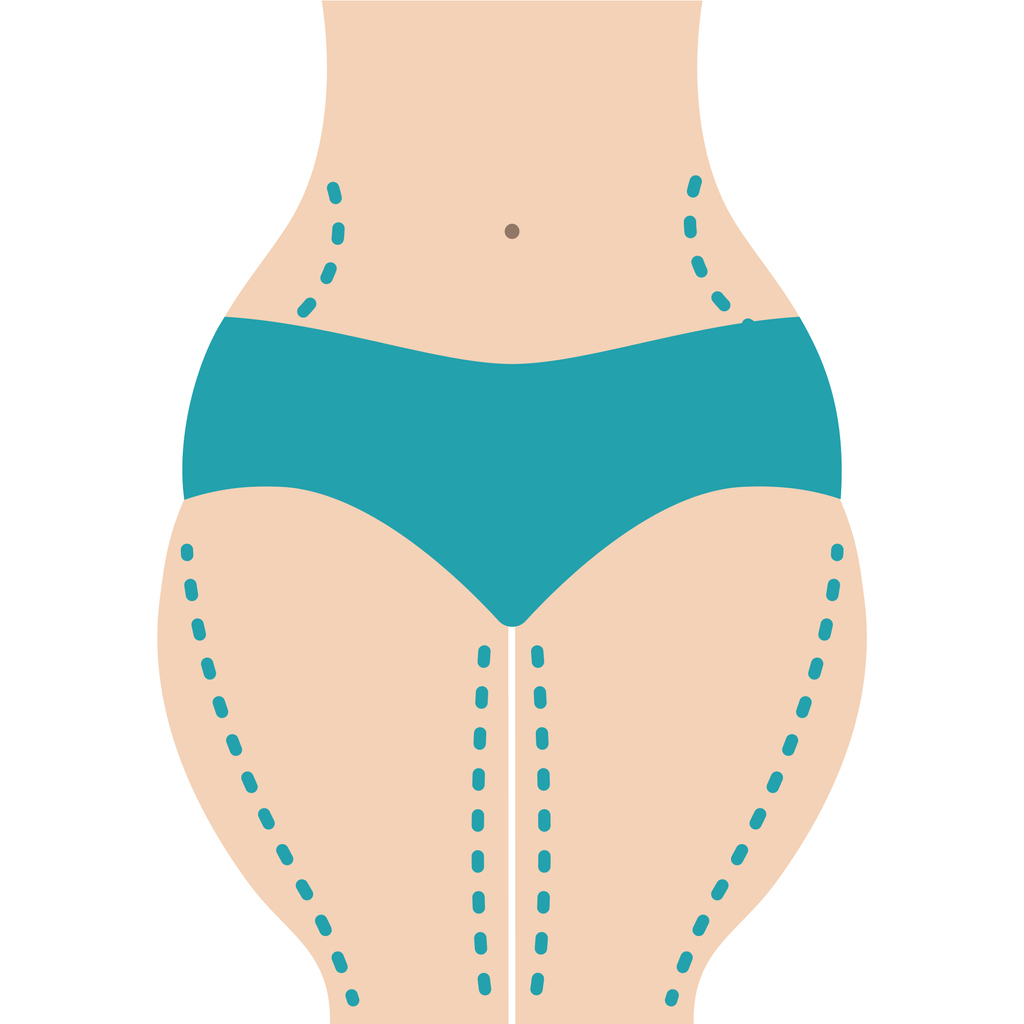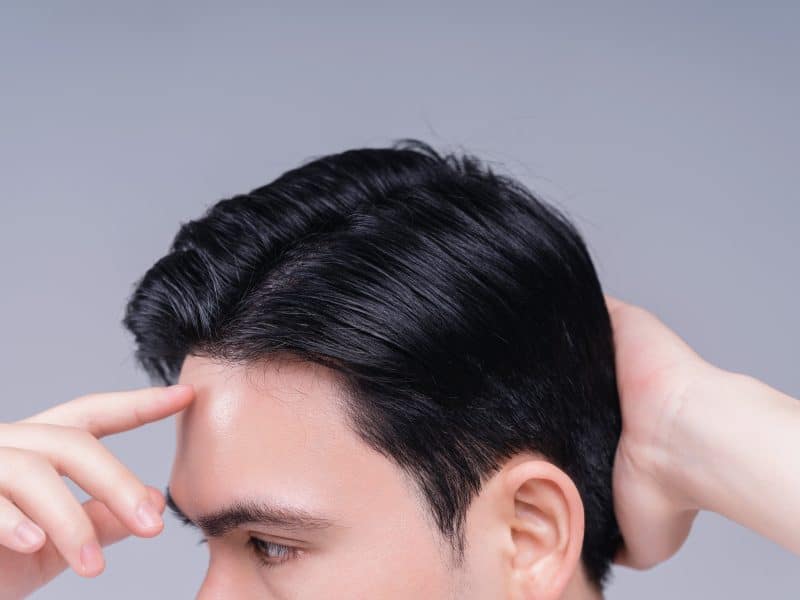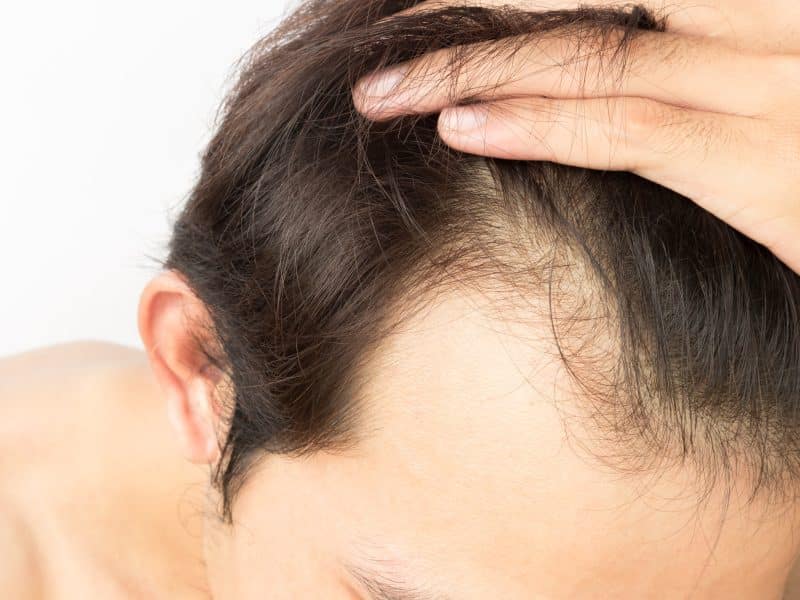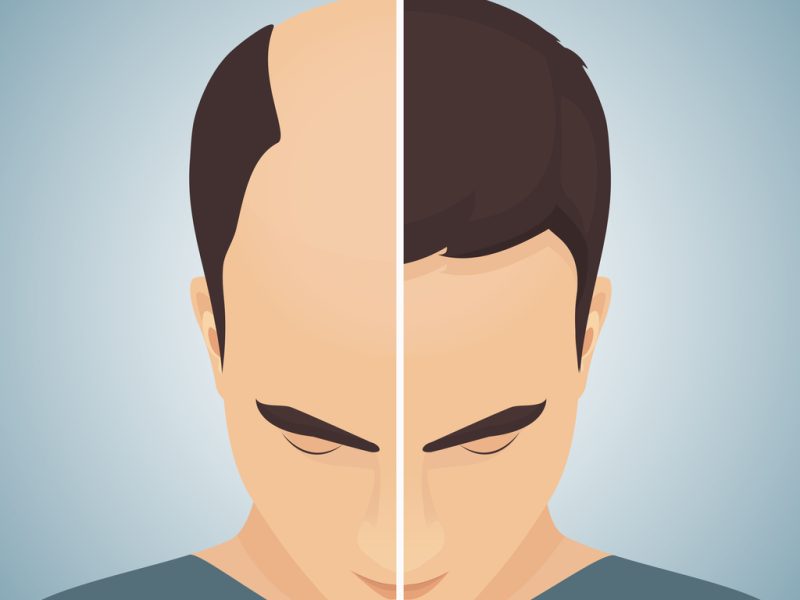

in the beauty of their dreams.

see beauty never grows old.
We're Open
Monday, Wednesday and Thursday: 9am-6pm
Tuesday and Friday: 9am-7pm
Saturday: 9am-2pm
Address
15 Scotts Road #06-03
Singapore 228218
Choose Confidently
EACH INDIVIDUAL IS DIFFERENT, AND THEREFORE, SO IS THEIR SKIN
Aesthetic Medicine is a rapidly advancing specialty and new treatments and procedures are constantly being developed. We cannot stress how important it is to do your research before embarking on your aesthetic journey. All treatments come with theoretical risk, so by choosing a practitioner who is medically trained and qualified, you minimise risks as well as being reassured that any issues can be optimally managed. Your bespoke consultation with Dr Donald Ng will ensure you will be fully informed about your choices.
Trust Us
QUALITY CARE FOR ALL PATIENTS
We take great lengths to ensure our medical team are up-to-date with the latest advancements in aesthetic treatments and skincare through rigorous, ongoing training. Our medical team who have worked with Dr Donald for over a decade, are experienced in delivering a wide range of aesthetic treatments. Together with our dedicated and passionate medical team, we ensure our clients receive the very best results on their skin-health and wellness journeys.

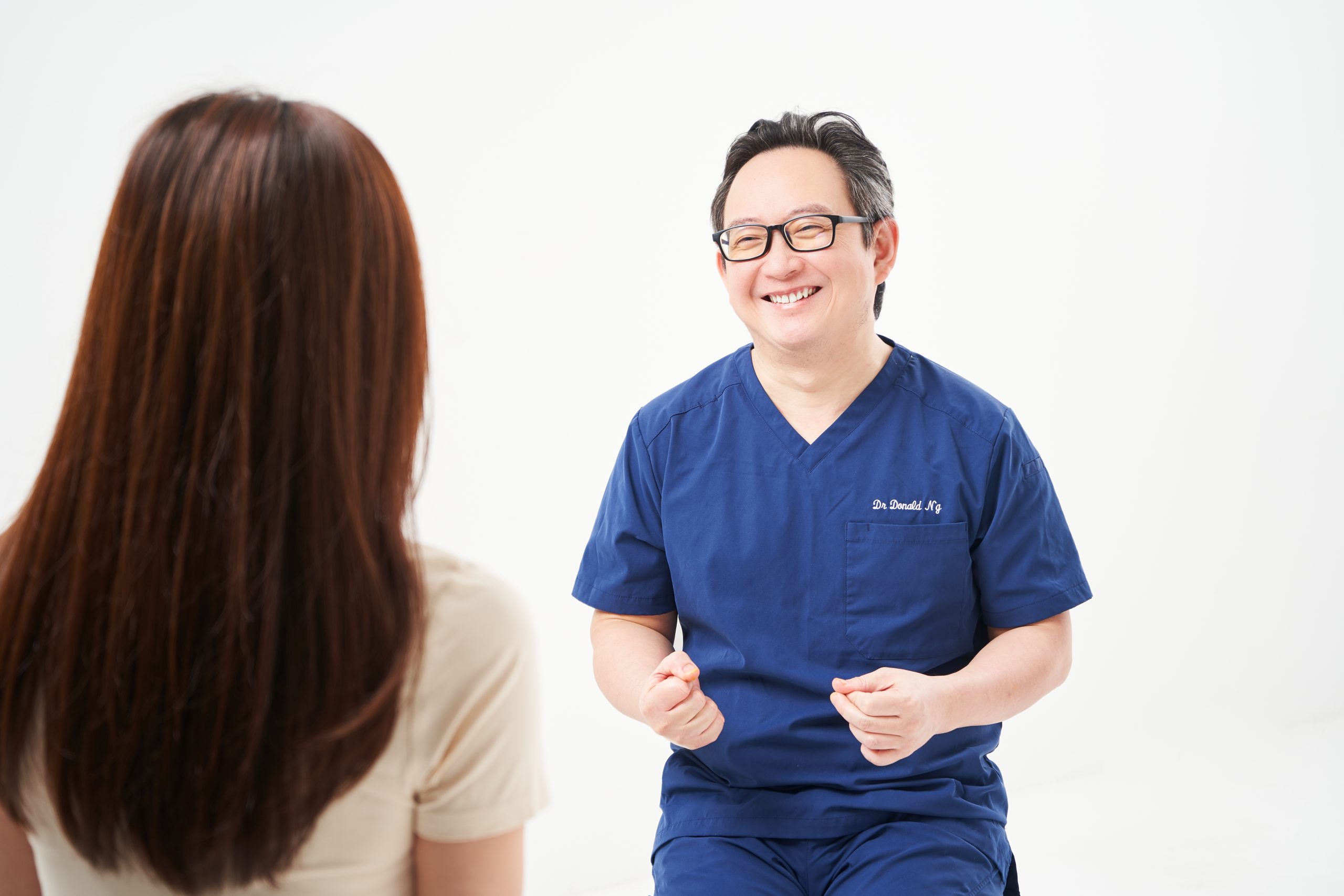
Alaxis Treatments
Hair
Skin
Face
Body
-
Hair Transplant
Manual FUE + Innovative Hair Transplant Technology
At Alaxis Medical Clinic, we understand how detrimental hair loss can be to one’s confidence. Before beginning the journey of regaining this self-confidence, one of the most important things you need to determine is what type of hair loss you are experiencing. Once you know what is causing your hair loss, you can look at hair restoration treatment options such as FUE Hair Transplant.
-
PIGMENTATION
For All Skin Types and Various Skin Conditions
Pigmentation is skin discolouration, taking the form of pink, red or brown looking marks or patches on the skins surface, most commonly appearing on the neck, face and décolletage. The root cause of pigmentation is a substance called melanin (a pigment giving skin, hair and eyes its colour), which is produced by skin cells called melanocytes.
In some cases, pigmentation can become uneven or excessive, resulting in conditions like hyperpigmentation, where patches of skin become darker than their surrounding areas. Pigmentation can also be affected by a number of factors, including genetics, sun exposure, hormonal changes, and certain medications or medical conditions.
-
SAGGING SKIN
Sagging skin refers to the loss of firmness and elasticity in the skin
Sagging skin refers to the loss of firmness and elasticity in the skin, leading to a drooping appearance. It is a natural part of the aging process. Collagen and elastin are proteins responsible for maintaining the skin’s structure and elasticity. As we age, the production of these proteins slows down, leading to a breakdown of the skin’s supportive framework. Other factors such as genetics, sun damage and lifestyle choices can also further contribute to sagging skin.
Sagging skin on the face and neck is a common concern for many people as the skin in these areas is thinner and more delicate compared to other parts of the body, making it more prone to sagging. While sagging skin cannot be completely prevented, there are non-surgical skin tightening procedures that can effectively tighten moderately lax or “crepey” skin on the face and neck, helping patients improve their appearance and postpone the need for surgery.
-
LIPOSUCTION
What is liposuction?
Liposuction is a technique to reshape the body by permanently removing localized fatty deposits. It is a surgical procedure that uses a suction technique to remove fat from specific areas of the body. Areas that are suitable for treatment include abdomen, buttocks, thighs, upper arms, under chin, neck, chest and back.
It is important to know that liposuction is not a cure for obesity. It should not be regarded as a tool for weight loss as it only targets specific areas for treatment. Liposuction will also not improve skin surface irregularities such as cellulite dimpling or stretch marks.
ESTABLISHED
YEARS EXPERIENCE
PROCEDURES PERFORMED
Our Blogs
Are the results of a hair transplant permanent?
Struggling with hair loss can be a distressing experience for many people. Men, in particu
by alaxis
Check If You’re an Ideal Candidate for Fue Hair Transplant
For many men, the journey through hair loss can be a challenging one, impacting their appe
by alaxis
Hair Restoration
With the rising popularity of hair transplantation procedures and newer, more convenient a
